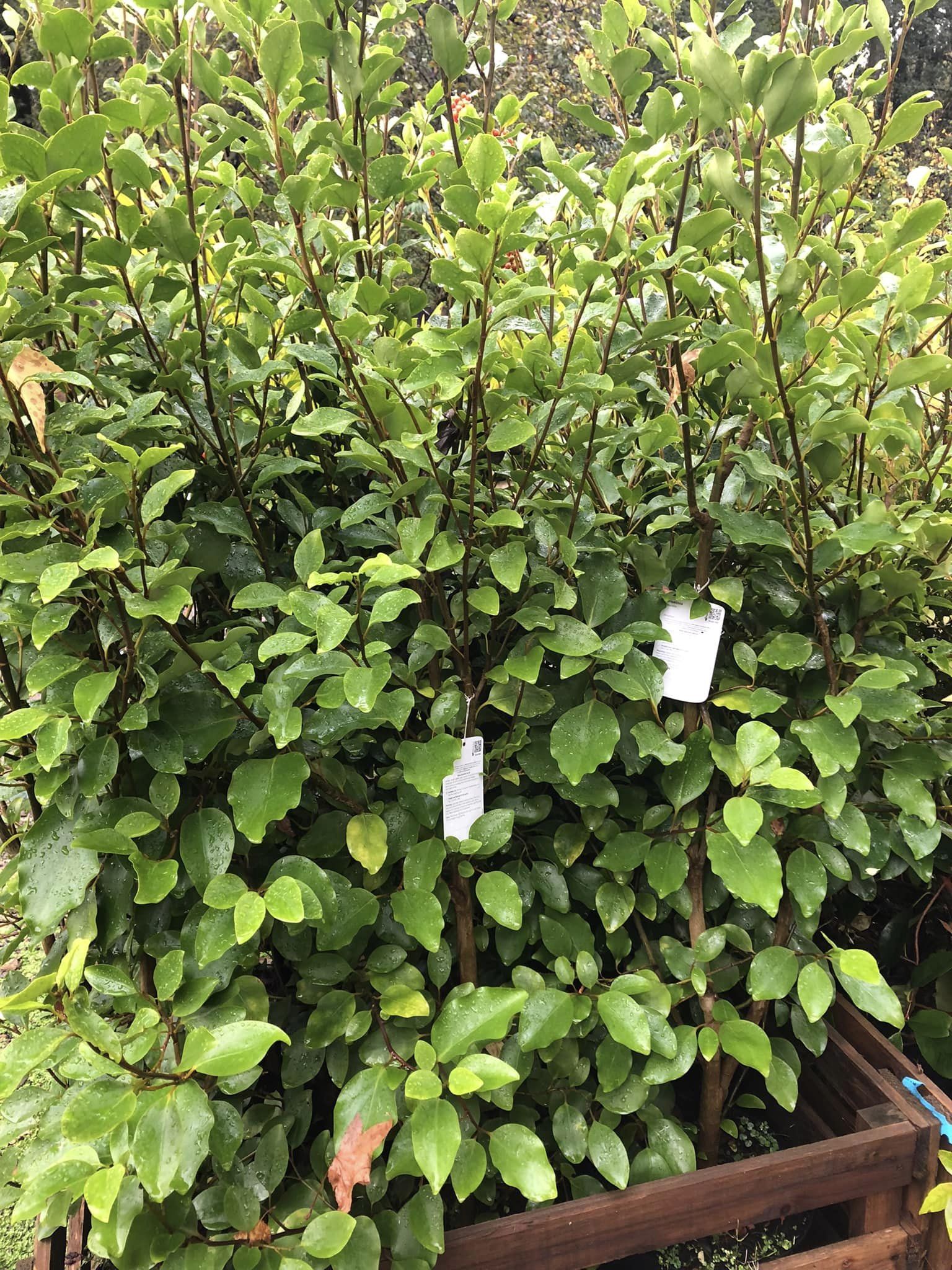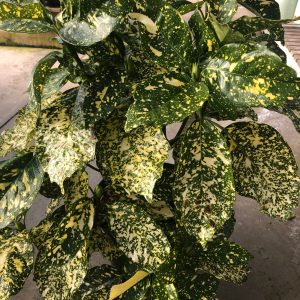Griselinia litoralis
Broadleaf
Griselinia litoralis is a dense upright, evergreen shrub with glossy, leathery light green leaves. It is a popular shrub due to it’s ability to withstand a wide range of environmental conditions, making it a popular choice for hedges, screens, and ornamental plantings. It is also a go to choice for planting in coastal areas.
Griselinia litoralis eventually grows to a height 8m, and can spread up to5m, but is usually trimmed into a medium sized hedge. It flowers April to May if left un trimmed and is best when planted in full sun.
MORE
Griselinia litoralis, commonly known as Kapuka or New Zealand Broadleaf, is a species of shrub native to New Zealand. It belongs to the family Griseliniaceae and is one of the most widely cultivated ornamental plants in New Zealand and other parts of the world. The plant is characterized by its glossy green leaves and its ability to withstand a wide range of environmental conditions, making it a popular choice for hedges, screens, and ornamental plantings.
Griselinia litoralis is a medium-sized evergreen shrub that can grow up to 10 meters in height in its natural habitat. However, it is commonly pruned to form hedges or screens, which limits its height to 2-3 meters. The plant has a dense, bushy growth habit, with a spread of up to 3 meters. The leaves are glossy, leathery, and ovate or oblong in shape, measuring 6-12 centimeters in length and 3-6 centimeters in width. They are arranged in an alternate pattern on the stem and have a distinctive wavy margin. The flowers of Griselinia litoralis are small and inconspicuous, measuring only 2-3 millimeters in diameter, and are produced in spring and summer. The fruit is a small, black, fleshy drupe that is attractive to birds.
Griselinia litoralis is native to New Zealand and is found throughout the country, from coastal areas to mountainous regions. It is a hardy plant that can tolerate a wide range of environmental conditions, from sea level to 1000 meters above sea level. It prefers moist, well-drained soils but can grow in a variety of soil types, including sandy, loamy, and clay soils. The plant is commonly found in coastal areas, where it is exposed to salt spray and strong winds. It is also found in forest margins, stream banks, and rocky areas.
Griselinia litoralis is a popular ornamental plant in New Zealand and other parts of the world due to its attractive foliage and its ability to form a dense hedge or screen. It is commonly used in landscaping for its versatility, as it can be pruned into various shapes and sizes. It is also used as a specimen plant, in container plantings, and in mixed borders. The plant is valued for its ability to tolerate a wide range of environmental conditions, including coastal conditions, which makes it an ideal plant for gardens near the sea.
Griselinia litoralis is easy to grow and requires little maintenance once established. It prefers a moist, well-drained soil and a sunny or partially shaded position. The plant can be propagated from seed or cuttings, although cuttings are the preferred method, as they are easier to root. The best time to take cuttings is in late summer or early autumn when the plant is actively growing. The cuttings should be taken from the current year’s growth and should be 5-10 centimeters in length. They should be planted in a well-drained potting mix and kept moist until they root.
Once established, Griselinia litoralis requires regular pruning to maintain its shape and size. It can be pruned at any time of the year, although the best time is in late winter or early spring. The plant should be pruned back hard every few years to promote new growth and keep the plant dense and bushy.






Reviews
There are no reviews yet.